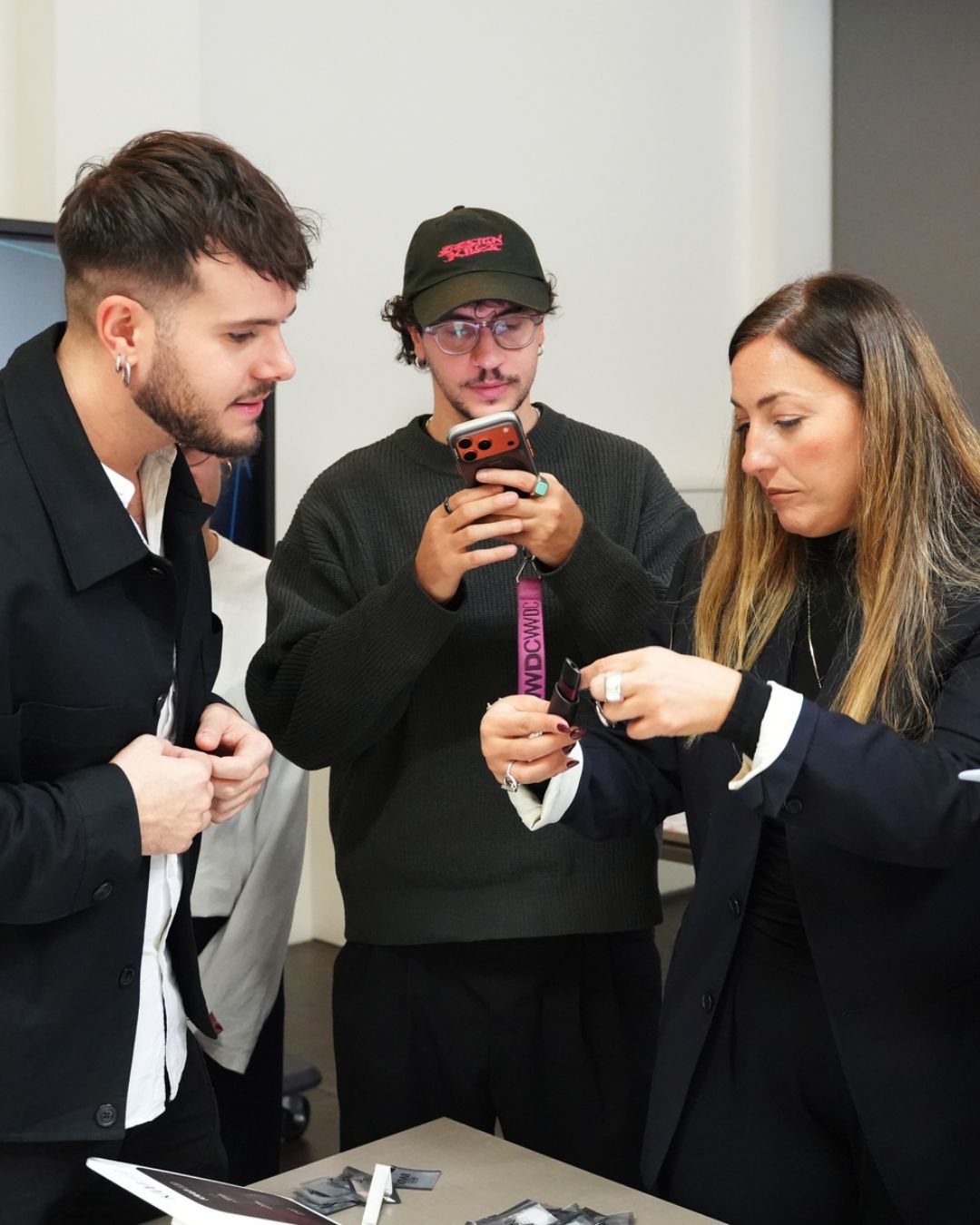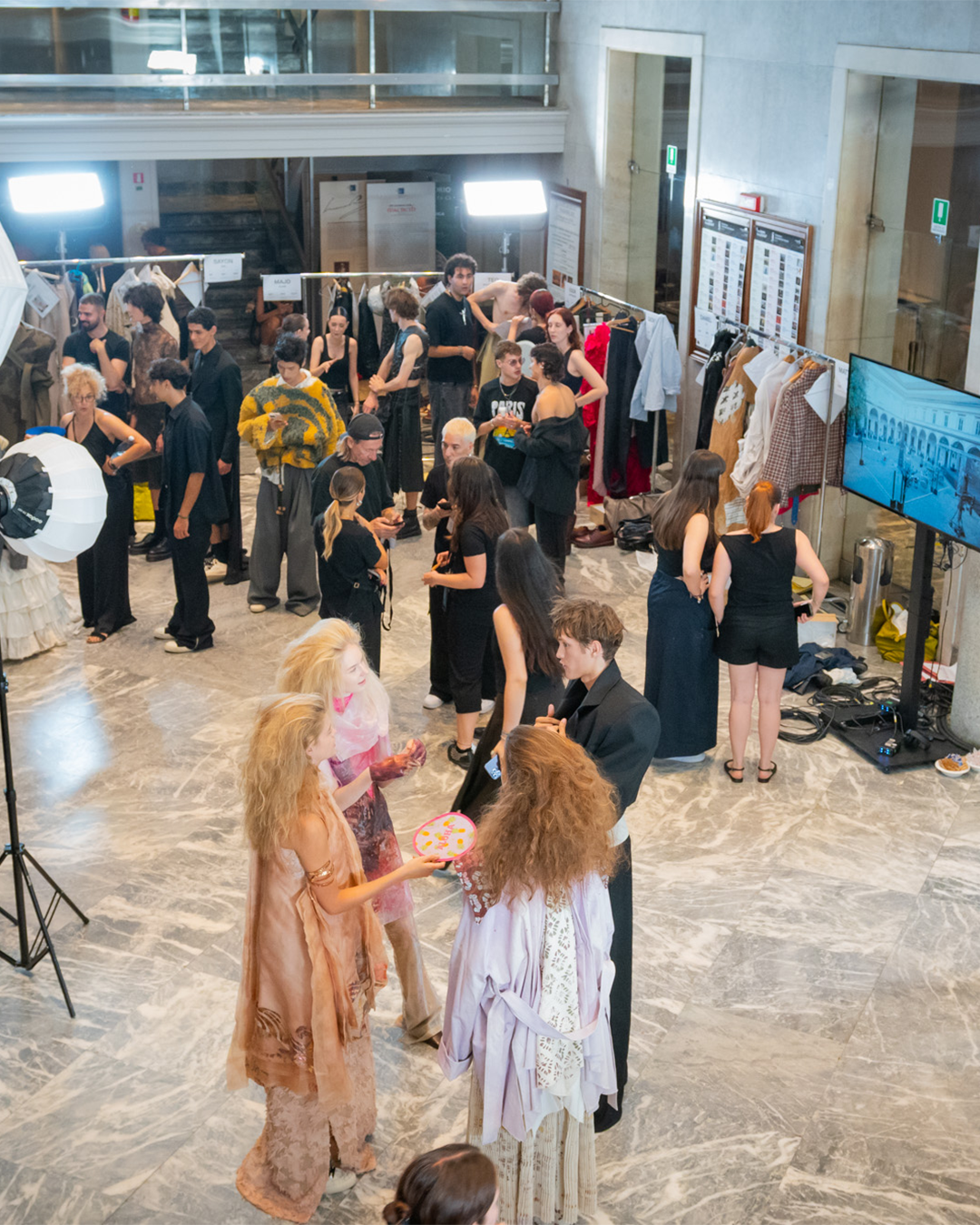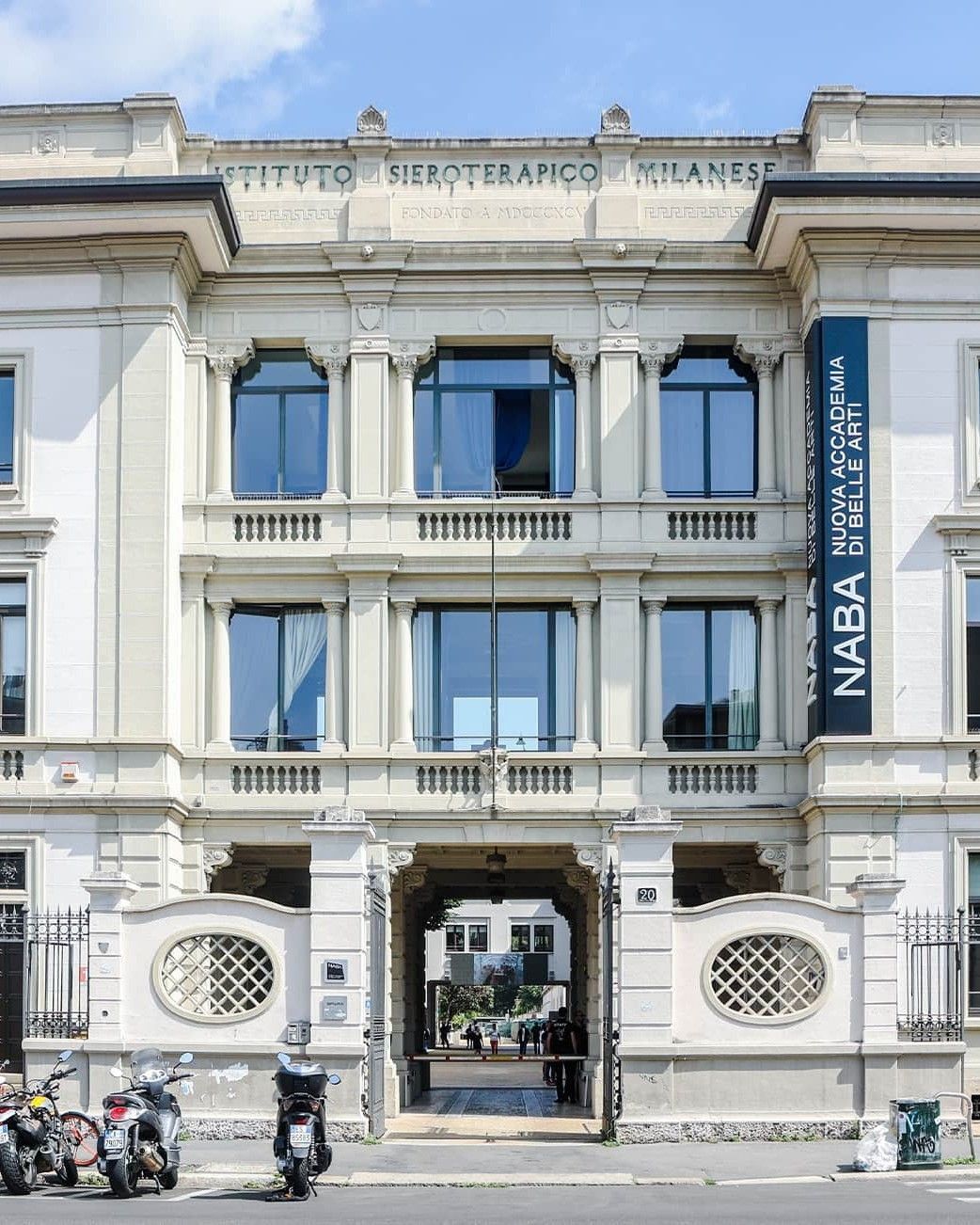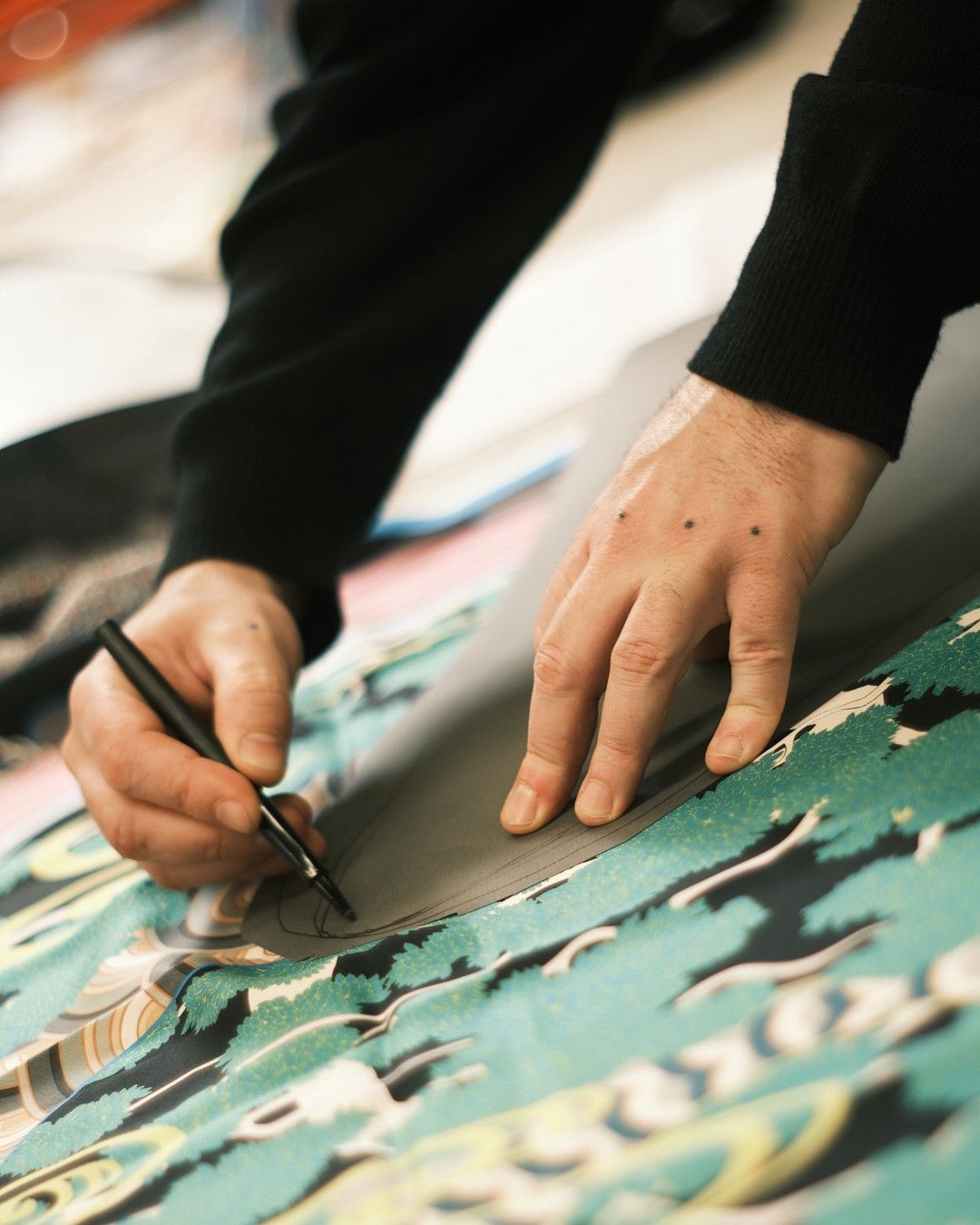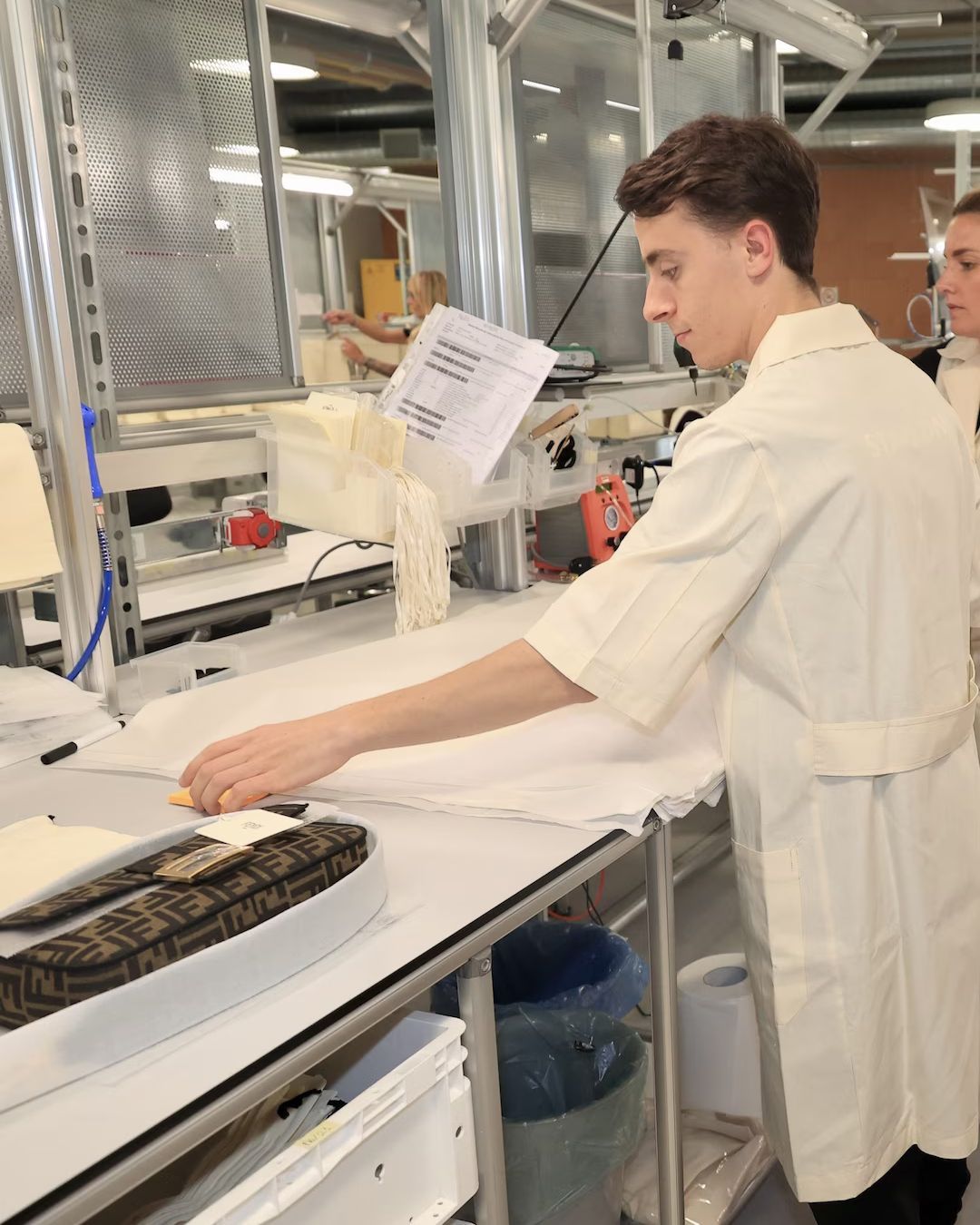
The fashion world is looking for artisans This is one of the findings from the research "Observatory on the fashion industry and future professional scenarios"
How much has the world of work in fashion changed? This is the question behind the research "Observatory on the fashion industry and future professional scenarios" promoted by Pambianco together with Accademia del Lusso to trace the evolution of the labor market within the fashion industry. In 2022, the sample of the 17 fashion and luxury companies taken into analysis employed 447 thousand employees with a growth of 2 percent compared to 2018, while the under-30s decreased from 45 percent four years ago to 39 percent this year. In this broad picture, Italy accounts for 12% (52 thousand employees) with a growth of 9 thousand employees in four years despite the pandemic. But which sectors create the most jobs? Retail is the division that employs the most employees (69%), followed by corporate (20%) and industrial (11%). It is precisely this last category that will be the next challenge for the fashion industry, grappling with a generational turnover that has already generated 300,000 vacancies mainly in the craft sector.
What are the most sought-after jobs in fashion?
Compounded by reshoring and the growth of luxury brands, the demand for profiles in the industrial division is steadily growing. Figures such as artisans, tailors, prototypists, and embroiderers are among the most sought after, but at the same time also the most difficult to locate. To remedy the problem, many companies and groups have taken steps to create useful academies to train the artisans of the future. Junior figures to work alongside those already in the company to create a true generational transition. As mentioned, the retail area is the one that absorbs the most searches due to the continuous turnover in employees (estimated at around 25 percent and higher than other areas) and the strengthening of single-brand channels by brands. Despite the job opportunities offered, the area is still considered unattractive by those approaching work in fashion to the point that companies are often forced to select candidates from hotel schools or formal through specific courses in the absence of specialized schools. In the corporate area, on the other hand, a real evolution of the sector should be noted, indicated in part by the demand for profiles with a digital slant. The demand for big data analysts is growing, as is the demand for technical profiles in IT, which fashion and luxury companies are, however, struggling to attract.
What are the offerings of fashion schools?
Noting the professional scenario offered by the fashion industry, what are the educational offerings of fashion schools? Analyzing eight schools including IED, Polimoda, and Naba, 1065 classes were identified in the current academic year, divided between fashion (54 percent), design (33 percent), and other (13 percent). If the fashion and luxury market is looking for industrial figures, the educational offer is leaning much more toward courses in Fashion Design, Business and Marketing, and Communication, which today account for 70 percent of the total offer. Fashion Design, in particular, accounts for 39 percent of the courses offered, followed by Fashion Business (20 percent), M&C (17 percent), and Styling (14 percent). This is a picture that offers food for thought not only for the fashion industry itself but also for anyone who would like to be part of it by starting an educational path that, as of today, seems unbalanced to the point of leaving uncovered areas and professions that could offer job outlets that are all too undervalued.










































